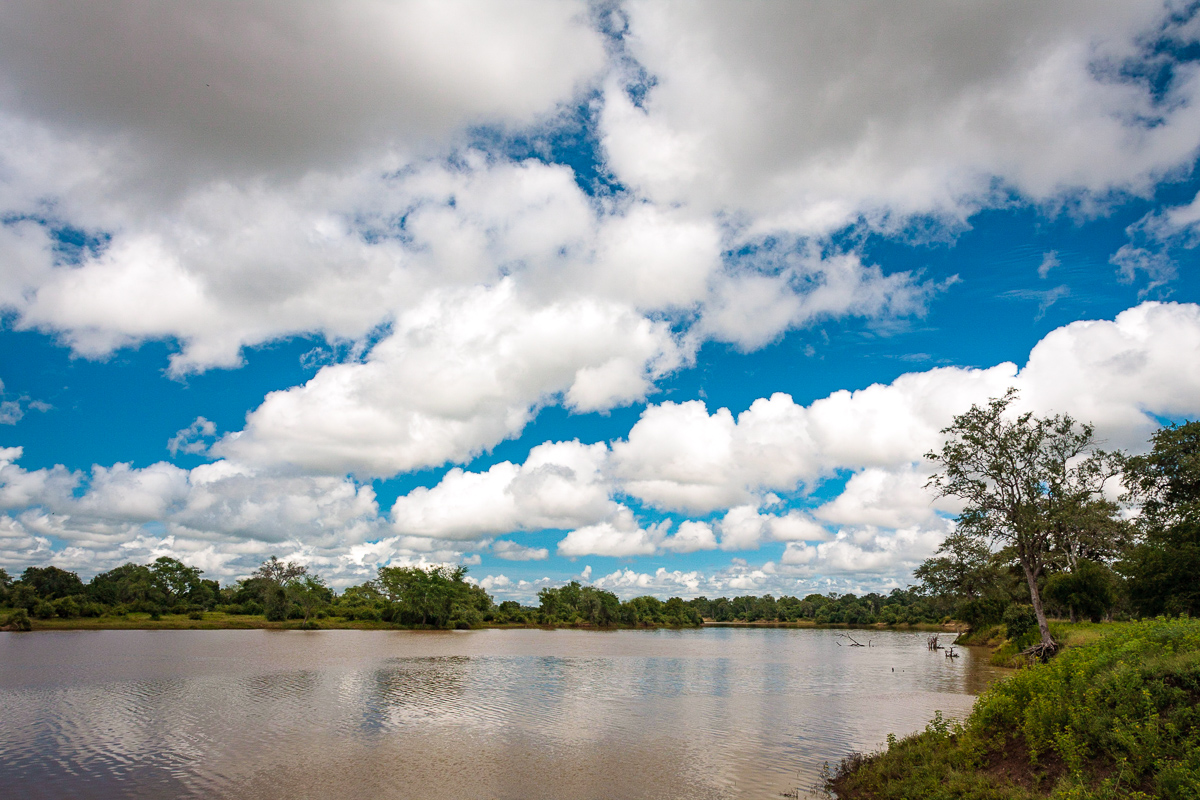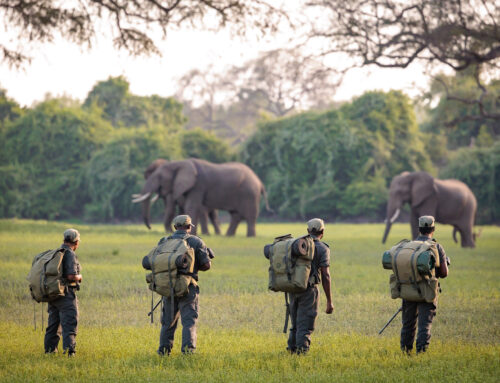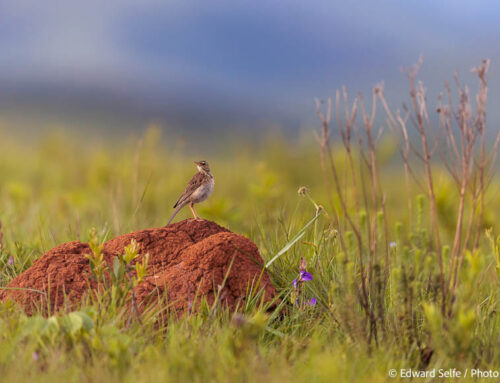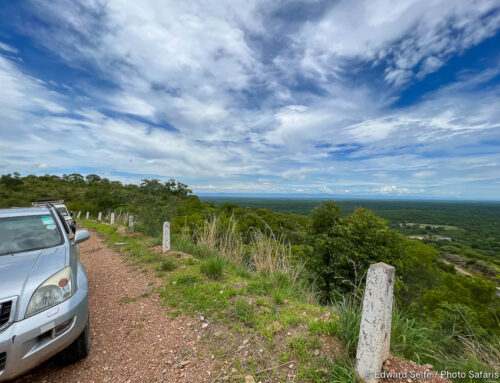Setting the correct pace for a photo safari is a tricky business. On the one hand, moving slowly, listening frequently and reading the bush is the surest way to find great sightings. Furthermore, when you find a subject in nice light, it’s perhaps a good idea to stay with it, taking the risk averse option. However, using this principle, you might well spend large amounts of time photographing lots of beautiful antelope, and similar common sightings, repeatedly using up the best light of the morning and evening! Sometimes it is also better to keep moving, cover some ground and see what the bush offers.
Choosing when to stop and enjoy these regular sightings, and when to pass by in search of “something else” is probably the hardest part of a photographic guide’s job. If you spend the morning searching for the headline species and then don’t find them, you’ll wish you’d taken the chance to photograph the impalas that were feeding on backlit sausage tree flowers in the early morning. However, if the 30 minutes you spent watching puku as they meandered down to drink against the stunning river landscape meant that you missed the best light on a lounging leopard on a fallen tree, you might think differently about your antelope photos!
Of course, this is a complex and unanswerable discussion, since there are endless factors. The most obvious of these factors is that we don’t know what we are missing elsewhere in the bush while on safari – thank goodness. Imagine if, on arriving back from your morning drive, you were given a bush report of all the things that happened just around the corner, or in different areas of the bush that you chose not to visit that day…it would be interesting, but likely disheartening.
Given this huge information asymmetry, the question becomes more simple: what “standard” of sighting is good enough to warrant a photographer choosing to stay with it, compared to moving on and looking for something else? Given that we find a large number of our best sightings by the sounds that other animals make in response to these events, it might well be the case that stopping more and photographing nice light on whatever subjects it falls – which assists guides to listen to the bush – would tend to yield the better outcomes.
And yet, when sightings are slow, there is a tendency of all guides to drive more, stop less and “search” frantically. It might make more sense in these situations to slow down, take the sightings that are on offer, and benefit from the chance to read the bush around you. I think there is something very valuable here. Something that someone long ago summarised in the phrase “a bird in hand is worth two in the bush”.




